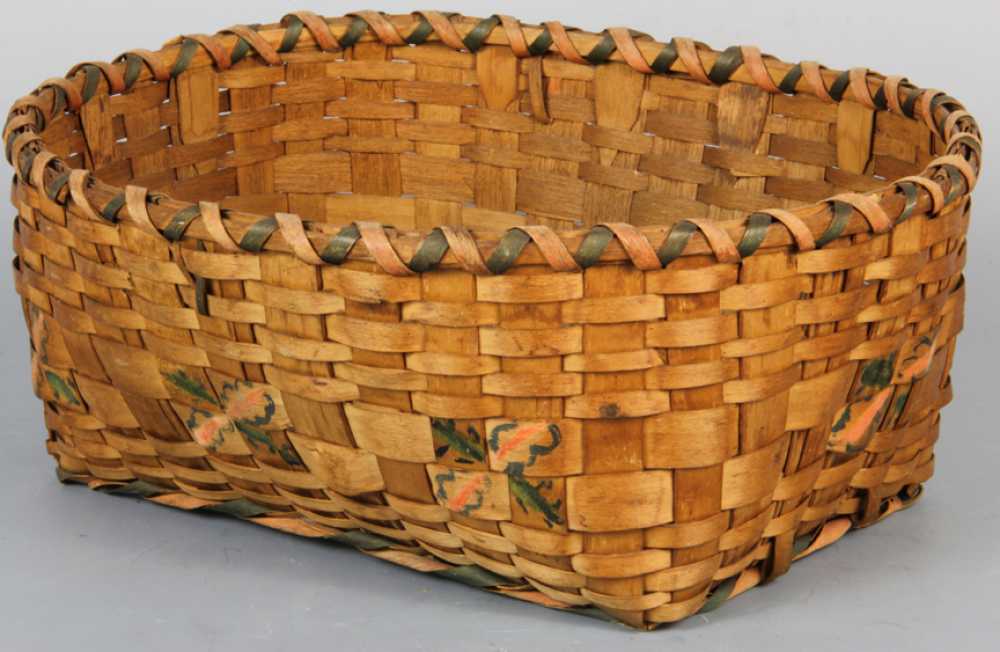Kenneth Haltman

Kenneth Haltman is a professor of Art History at the University of Oklahoma. He received his B.A. from Wesleyan University in Comparative Literature, Creative Writing, and Translation and his Ph.D from Yale University in American Studies.
Some of his honors are "Thomas J. Watson, Fulbright-Hayes, Andrew W. Mellon, and Henry C. Luce Foundation fellowships; research awards from Winterthur, the Huntington Library, the American Antiquarian Society, the American Philosophical Society, and the National Endowment for the Humanities; Senior Research fellowships at the Smithsonian American Art Museum and Frick Art Reference Library; a Terra Foundation Visiting Professorship in the History of American Art at the JFK Center for North American Studies at Freie Universität-Berlin; and, most recently, a Distinguished Visiting Lectureship at the University of Western Australia".
At the University of Oklahoma Haltman has taught "introductory and advanced courses in American Art History and the Art of the American West, Undergraduate Methods, Graduate Methods, and a suite of rotating seminars in Visual Analysis, Material Cultural, and Critical Issues in Recent Art History at the core of the graduate curriculum".
Haltman's other publications are "Looking Close and Seeing Far: Samuel Seymour, Titian Ramsay Peale, and the Art of the Long Expedition, 1818-1823 (Penn State University Press, 2008), Butterflies of North America: Titian Peale’s Lost Manuscript (Abrams, with the American Museum of Natural History, 2015)".
Haltman has also translated French publications such as L’Évolution du goût aux États-Unis, d’après l’histoire des collections; Earth and Reveries of Will; Fragments of a Poetics of Fire.
“Kenneth Haltman, Ph.D.” University of Oklahoma , www.ou.edu/finearts/visual-arts/programs/bachelor_of_art_in_art_history/kenneth_haltman.html.

 These are texts that describe Woman, I and its historical context:
These are texts that describe Woman, I and its historical context:
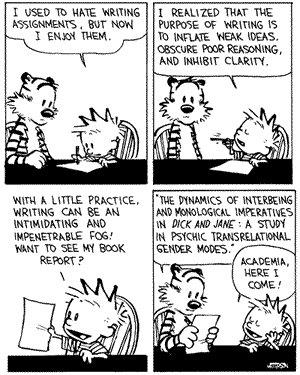
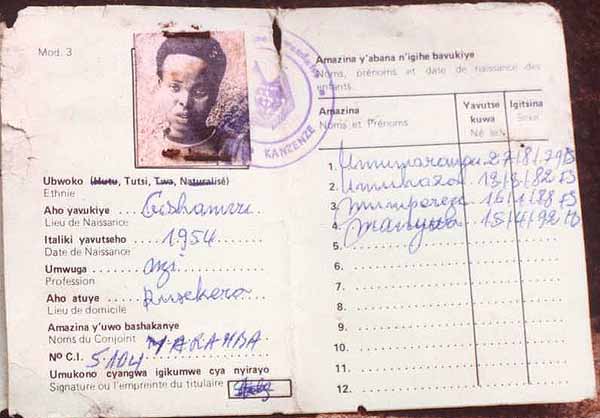
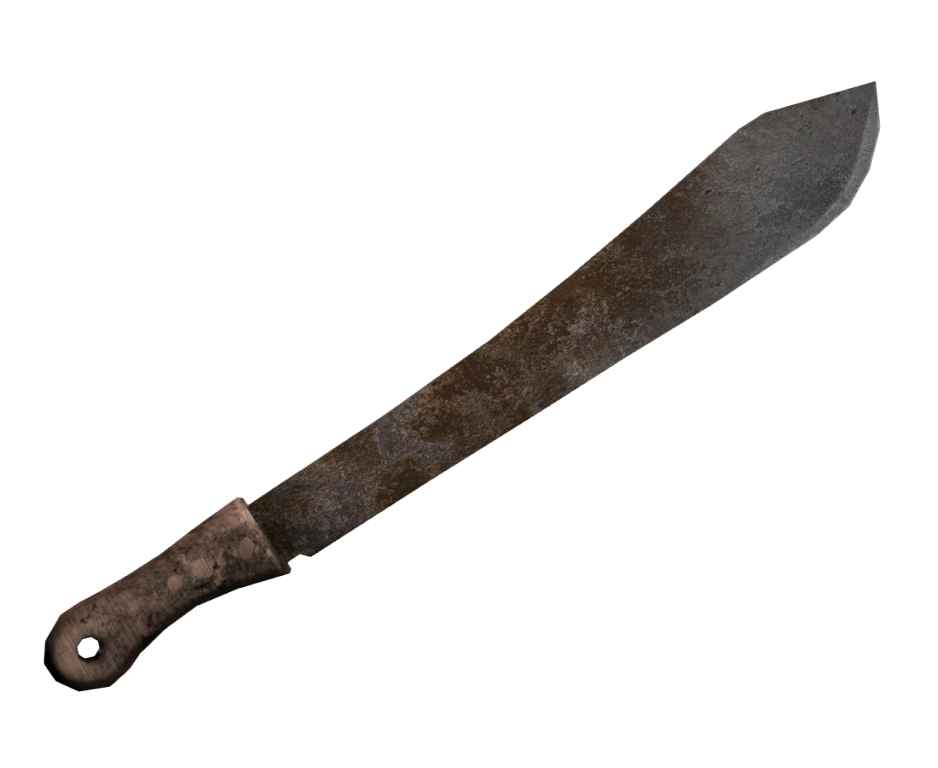


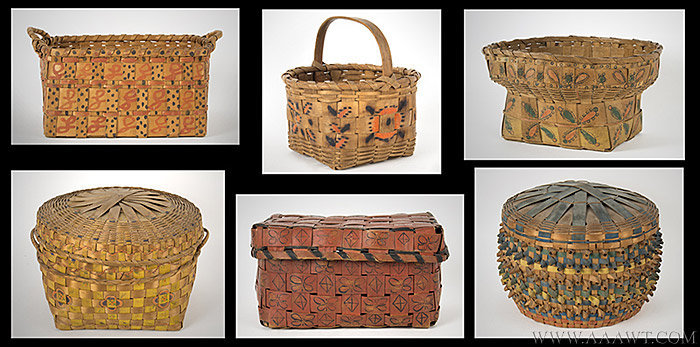 Types of Native American baskets that have different purposes:
Types of Native American baskets that have different purposes:
 AIDS Memorial Quilt display in San Francisco, California
Material Culture – Artifacts and The Meaning They Carry
By: K. Krist Hirst
AIDS Memorial Quilt display in San Francisco, California
Material Culture – Artifacts and The Meaning They Carry
By: K. Krist Hirst

